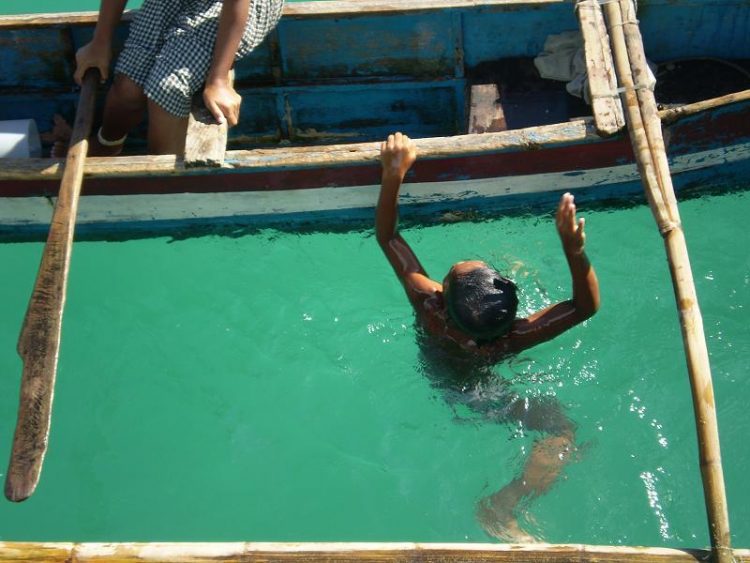Members of Indonesian Sea Nomad Tribe Can Stay Underwater for Up to 13 Minutes at a Time, Thanks to Their Unusually Large Spleens

Known as ‘Sea Nomads’, the Bajau people have wandered the waters of southern Asia for thousands of years, living in house boats and free diving for fish. They’ve long been known for their ability to stay underwater for long periods of time, but until recently, no one really knew how they were able to keep […]
Professional Poo Diver Loves His Stinky Job

Brendan Walsh is a professional sewage diver who, believe it or not, actually loves his job. He’s covered in poop for a large part of the day, every day, but that doesn’t seem to bother him at all. He runs a commercial diving business in Melbourne and he has been doing the job for over 25 […]
Jacob’s Well – America’s Stunning-Yet-Deadly Diving Spot

Jacob’s Well, in Wimberley, Texas, is one of the most dangerous places on Earth. Named after a biblical reference, the well has claimed the lives of over eight divers, but judging by the large number of thrill seekers who choose to dive in it, that doesn’t scare many people. On the surface, Jacob’s Well looks […]
